44 label the different areas of the sun
› science › articleTowards low-carbon economy by carbon label?: Survey evidence ... Based on the information of carbon label, consumers can choose low-carbon and environmentally friendly products more rationally. Second, the promotion of carbon label can make consumers pay more attention to climate change and environmental protection, and encourage the public to participate in carbon emission reduction. 1.2. PDF Parts of the Sun - Montana From the center out, the layers of the sun are as follows: the solar interior which is composed of the core, the radiative zone and the convective zone. The visible surface is made up of the photosphere and the chromosphere. The outermost layer is called the corona. In this lesson, students will learn about the sun, our closest star. Guidelines 1.
en.wikipedia.org › wiki › Fashion_designFashion design - Wikipedia Fashion design is generally considered to have started in the 19th century with Charles Frederick Worth who was the first designer to have his label sewn into the garments that he created. Before the former draper set up his maison couture (fashion house) in Paris , clothing design and creation was handled by largely anonymous seamstresses, and ...
Label the different areas of the sun
Order Of the Planets From The Sun - Universe Today Venus is 81.5% as massive as Earth, and has 90% of its surface area and 86.6% of its volume. The surface gravity, which is 8.87 m/s², is equivalent to 0.904 g - roughly 90% of the Earth standard. Earth's rotation around the Sun and the sequence of four seasons The Earth revolves around the Sun once every 365 and quarter days (one year), The rotation of the Earth around the Sun causes the sequence of the four seasons (the summer - the spring - the autumn - the winter). The sequence of the four seasons. The Earth's axis is inclined and this causes the difference in the length of the day and the ... The Structure and Composition of the Sun | Astronomy | | Course Hero Parts of the Sun: This illustration shows the different parts of the Sun, from the hot core where the energy is generated through regions where energy is transported outward, first by radiation, then by convection, and then out through the solar atmosphere. The parts of the atmosphere are also labeled the photosphere, chromosphere, and corona.
Label the different areas of the sun. Layers of the Sun - The Sun Today with Dr. C. Alex Young The Sun, as shown by the illustration to the left, can be divided into six layers. From the center out, the layers of the Sun are as follows: the solar interior composed of the core (which occupies the innermost quarter or so of the Sun's radius),; the radiative zone, ; and the convective zone,; then there is the visible surface known as the photosphere, Eclipses of the Sun and Moon | Astronomy | | Course Hero The Sun and Moon have nearly the same angular size (about 1/2°). A solar eclipse occurs when the Moon moves between the Sun and Earth, casting its shadow on a part of Earth's surface. If the eclipse is total, the light from the bright disk of the Sun is completely blocked, and the solar atmosphere (the corona) comes into view. "Parts" of the Sun | Center for Science Education There are three main parts to the Sun's interior: the core, the radiative zone, and the convective zone. The core is at the center. It the hottest region, where the nuclear fusion reactions that power the Sun occur. Moving outward, next comes the radiative (or radiation) zone. theteacancompany.com › private-label-teaPrivate Label Tea & Custom Packaging | The Tea Can Company Private/White Label Tea Designs. $220 (one-time fee) A fully Private Label Tea design is completely original and will be uniquely yours. We can match your current branding or design something new. We will work with you to include any information or images that you wish. High resolution images of your finished tea cans are available at $20 per ...
Overview | Sun - NASA Solar System Exploration The Latest. The Sun is the largest object in our solar system. The Sun's volume would need 1.3 million Earths to fill it. Its gravity holds the solar system together, keeping everything from the biggest planets to the smallest bits of debris in orbit around it. The hottest part of the Sun is its core, where temperatures top 27 million degrees ... NASA - Layers of the Sun 03.21.07. This artist concept shows the layers of the sun. Image credit: NASA. + View large image (with labels) Position of the Sun - Wikipedia The Sun appears to move northward during the northern spring, crossing the celestial equator on the March equinox.Its declination reaches a maximum equal to the angle of Earth's axial tilt (23.44°) on the June solstice, then decreases until reaching its minimum (−23.44°) on the December solstice, when its value is the negative of the axial tilt.. This variation produces the seas What Are The Layers Of The Sun? - WorldAtlas The layers of the Sun are divided into two larger groups, the outer and the inner layers. The outer layers are the Corona, the Transition Region, the Chromosphere, and the Photosphere, while the inner layers are the Core, the Radiative Zone, and the Convection Zone. The Outer Layers Corona Transition region Chromosphere Photosphere
Sun - Wikipedia Roughly three-quarters of the Sun's mass consists of hydrogen (~73%); the rest is mostly helium (~25%), with much smaller quantities of heavier elements, including oxygen, carbon, neon, and iron. [21] The Sun is a G-type main-sequence star (G2V). The Sun - Imagine the Universe! The parts of the Sun that we can observe and measure directly are contained in the Sun's atmosphere: the photosphere, chromosphere and corona. These regions have substantially different properties from each other, with regions of gradual transition between them. › drugs › understanding-over-counterSunscreen: How to Help Protect Your Skin from the Sun Nov 08, 2021 · Limit time in the sun, especially between the hours of 10 a.m. and 2 p.m., when the sun’s rays are most intense. Wear clothing to cover skin exposed to the sun, such as long-sleeved shirts ... 6(h). Earth-Sun Geometry - Physical Geography The average distance of the Earth from the Sun over a one-year period is about 149.6 million km. Figure 6h-2: Position of the equinoxes, solstices, aphelion, and perihelion relative to the Earth's orbit around the Sun. The equinoxes and solstices should be 90º apart in the ecliptic plane.
Understand Your Garden's Sun and You'll Know What to Plant Where Sunlight, water, and soil are the key components for healthy foliage, flowers, and fruit. Of course, the amount of light your yard gets will change throughout the day as shadows from building and taller plants move with the sun. Most plants will thrive in at least six hours of direct sunlight, which for gardening purposes is called full sun.
Layers of the Sun | Parts of the Sun | DK Find Out At the very center is the dense, hot core. Around the core lie two layers: a thick layer called the radiative zone and a thinner, cooler layer called the convective zone. Surrounding all of them is the sun's surface layer, known as the photosphere. Above this lies the sun's thin atmosphere, which is made up of the chromosphere and the corona.
Layers of the Sun | Science Facts Corona: The Outer Layer The outermost layer is the corona and can be seen during a solar eclipse when the sun is blocked by the moon. This layer is hotter than the surface of the sun. Less Than Five - Layers of the Sun Explained - Outer Layers Watch on The sun has many chemical elements but since it is so hot they are in a gaseous state.
The Sun, Earth, and Cardinal Directions - National Geographic Society Cut out 10 large yellow paper suns from construction paper. On white construction paper, write in large letters north, south, east, and west. Put the words east and west on the east and west walls of the classroom. You can download a compass app on a smartphone or tablet to ensure correct placement of these. 2.
Layers of the Sun | NASA The inner layers are the Core, Radiative Zone and Convection Zone. The outer layers are the Photosphere, the Chromosphere, the Transition Region and the Corona. IRIS will focus its investigation on the Chromosphere and Transition Region. More detail on the outer layers follows:
Understanding Astronomy: The Sun and the Seasons - Weber State University The Arctic and Antarctic Circles mark the maximum reach of the sun's rays at the solstices. The Tropics of Cancer and Capricorn mark the locations where the rays of the noon sun are perpendicular to the ground at the solstices. (Earth image adapted from NASA data using John Walker's Earth and Moon Viewer .)
› listenDiscover and Download Music | eMusic Discover and download music with our free personalized discovery tools. Read reviews, listen to samples, and buy tracks or albums from your favorite artists.
Anatomy of the Sun Diagram | Quizlet Photosphere It is the visible surface of the Sun. It appears relatively smooth except for occasional sunspots; an increase in the number, size, and complexity of these sunspots suggests unrest beneath this layer. Chromosphere It is a reddish gaseous layer immediately above the photosphere of the sun or another star.
The Earth's Revolution around the Sun - Geography We refer to this motion as the Earth's revolution around the Sun. The Earth takes 365.242 days to travel around the Sun—almost a quarter of a day longer than the calendar year of 365 days. Every four years, this time adds up to nearly one extra day, which we account for by inserting a 29th day into February in leap years.
ASTR 101 CH. 4 & 5 Flashcards | Quizlet rank the types of radiation in order of their energy, from least to greatest 1. radio waves 2. infrared 3. red visible light 4. blue visible light 5. x-rays 6. gamma rays rank these types of light in order of increasing energy 1. radio 2. infrared 3. orange 4. green 5. ultraviolet 6. gamma ray
What are the Parts of the Sun? - Universe Today Photosphere: The layer of the Sun that we can see from Earth is called the photosphere. Below the photosphere, the Sun becomes opaque to visible light, and astronomers have to use other methods to...
Sun - Internal structure | Britannica The energy radiated by the Sun is produced during the conversion of hydrogen (H) atoms to helium (He). The Sun is at least 90 percent hydrogen by number of atoms, so the fuel is readily available. Since one hydrogen atom weighs 1.0078 atomic mass units and a single helium atom weighs 4.0026, the conversion of four hydrogen atoms to one helium atom yields 0.0294 mass unit, which are all ...
Earth-Sun Relationships | National Geographic Society Any circle drawn around the Earth divides it into two equal halves called hemispheres. There are generally considered to be four hemispheres: Northern, Southern, Eastern, and Western. Grades 6 - 12+ 48 encyclopedic entry Sun Astronomy, Biology, Earth Science, Physics
hgic.clemson.edu › factsheet › nutsedgeNutsedge | Home & Garden Information Center - Clemson University Always read the pesticide label and follow its directions exactly. You may only use the pesticide on sites or crops listed on the label. Be sure to observe all special precautions that are listed on the label. Wear protective clothing or equipment as listed on the label when mixing or applying pesticides.
How Sunlight Warms the Earth | Lesson Plan - Science Buddies Dry soil as much as possible. For example, if you use a new bag of potting soil, open it prior to the lesson. If you can, spread the soil out so the moisture can evaporate faster. Use a permanent marker to draw a sun on half of the cups and a cloud on the other half. Draw the symbols near the bottom edge of the cups.
How does the location of sunrise and sunset change throughout the year ... This marks the path of the Sun during summer solstice and the place where this circle cuts the horizons will mark the place where the Sun will rise and set on the day of summer solstice. A similar circle which is separated from the first circle by 23.5 degrees at zenith towards south will mark the path of the Sun on winter solstice.
The Structure and Composition of the Sun | Astronomy | | Course Hero Parts of the Sun: This illustration shows the different parts of the Sun, from the hot core where the energy is generated through regions where energy is transported outward, first by radiation, then by convection, and then out through the solar atmosphere. The parts of the atmosphere are also labeled the photosphere, chromosphere, and corona.
Earth's rotation around the Sun and the sequence of four seasons The Earth revolves around the Sun once every 365 and quarter days (one year), The rotation of the Earth around the Sun causes the sequence of the four seasons (the summer - the spring - the autumn - the winter). The sequence of the four seasons. The Earth's axis is inclined and this causes the difference in the length of the day and the ...
Order Of the Planets From The Sun - Universe Today Venus is 81.5% as massive as Earth, and has 90% of its surface area and 86.6% of its volume. The surface gravity, which is 8.87 m/s², is equivalent to 0.904 g - roughly 90% of the Earth standard.
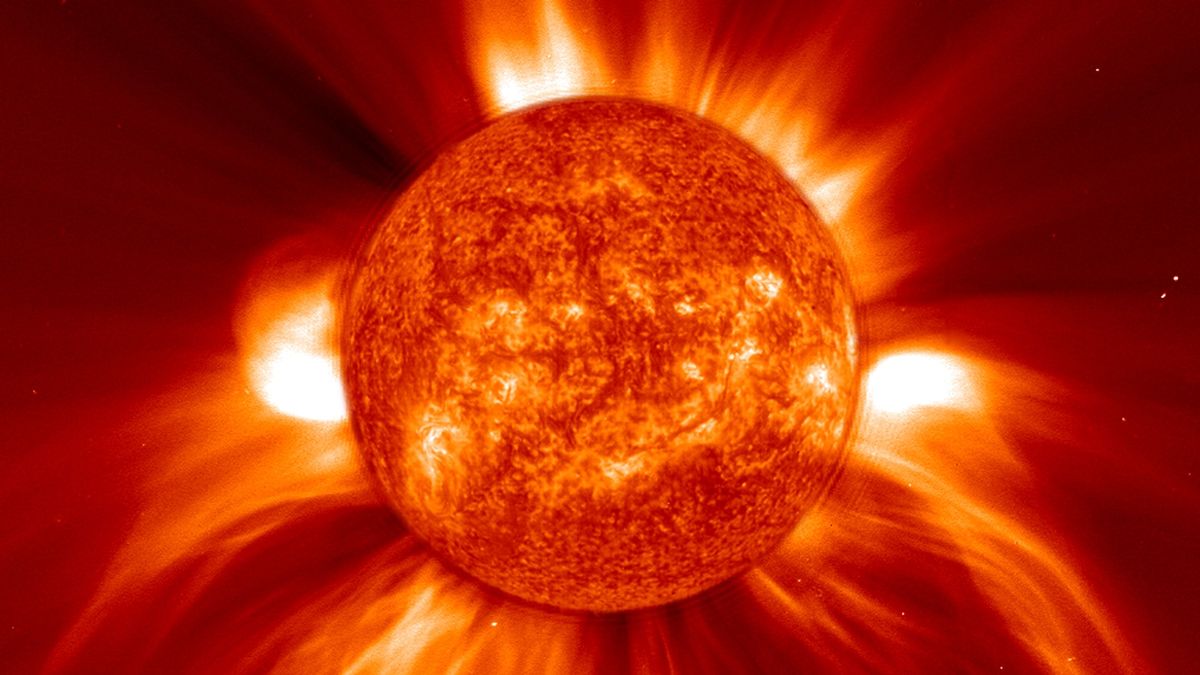
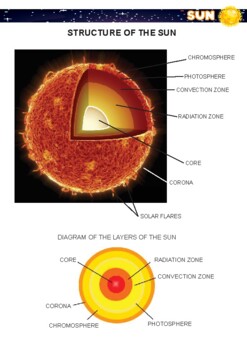








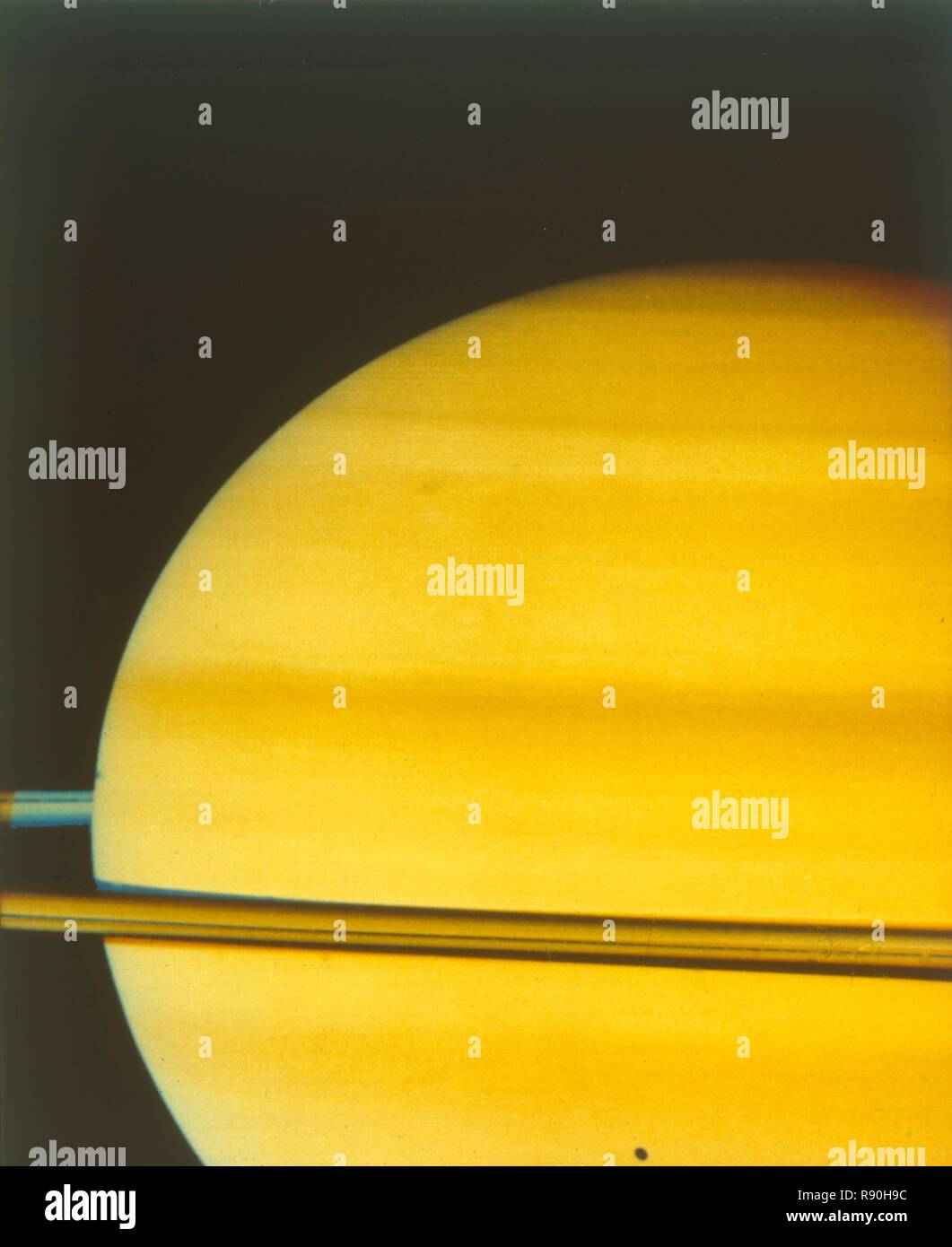

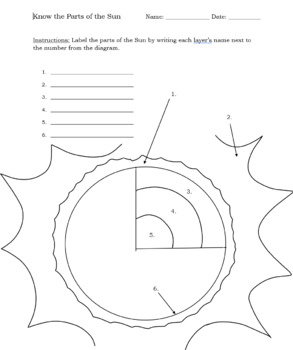







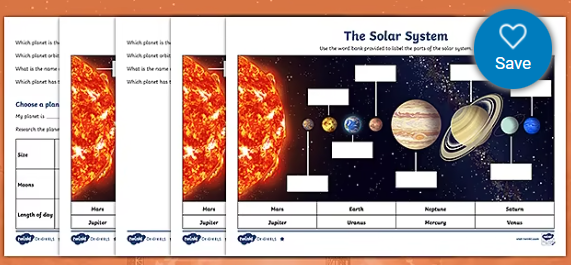



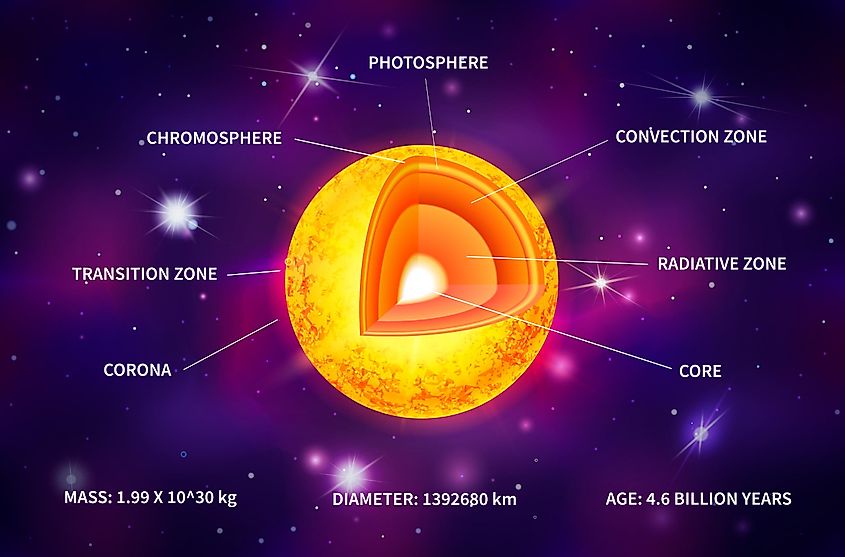
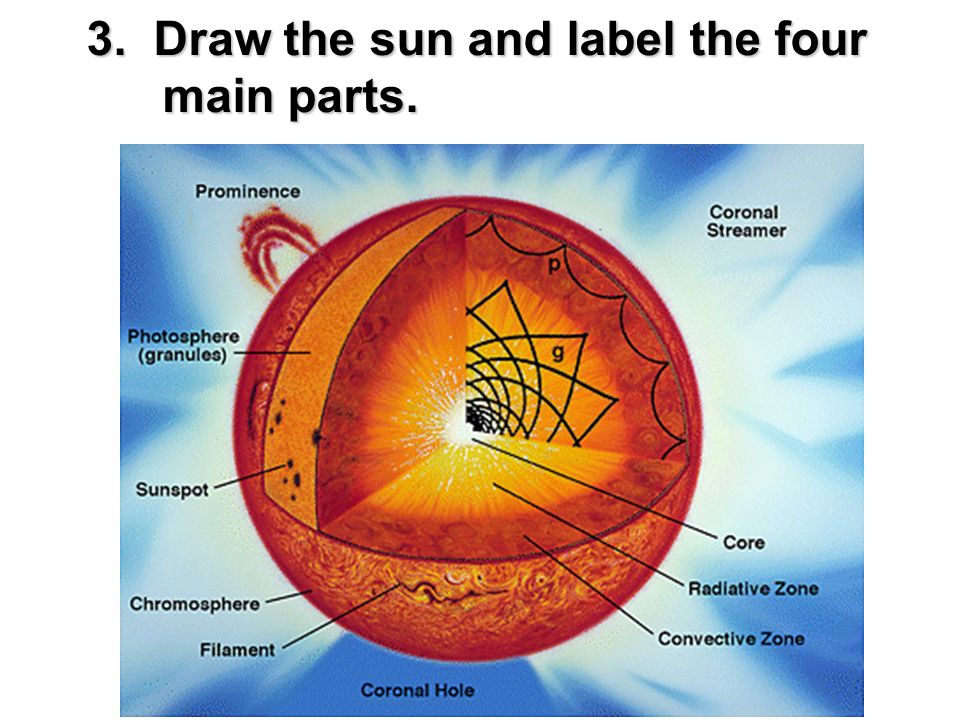
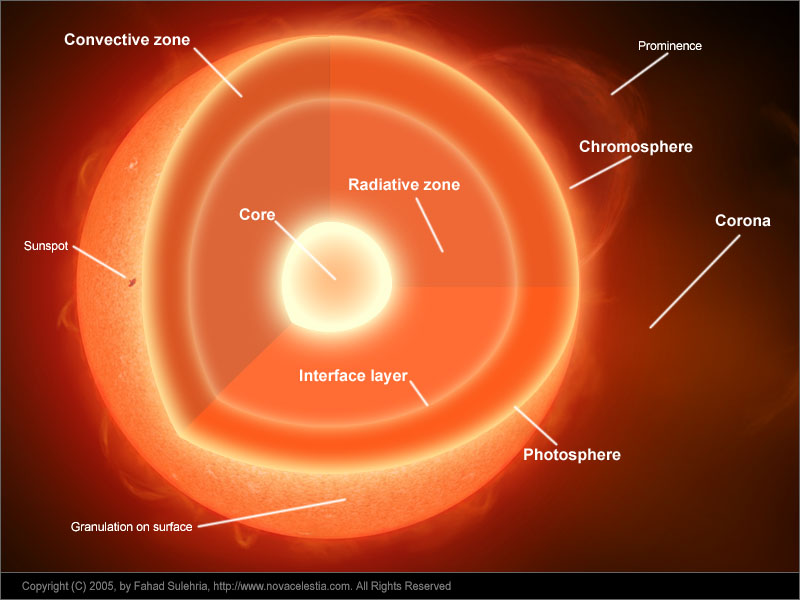
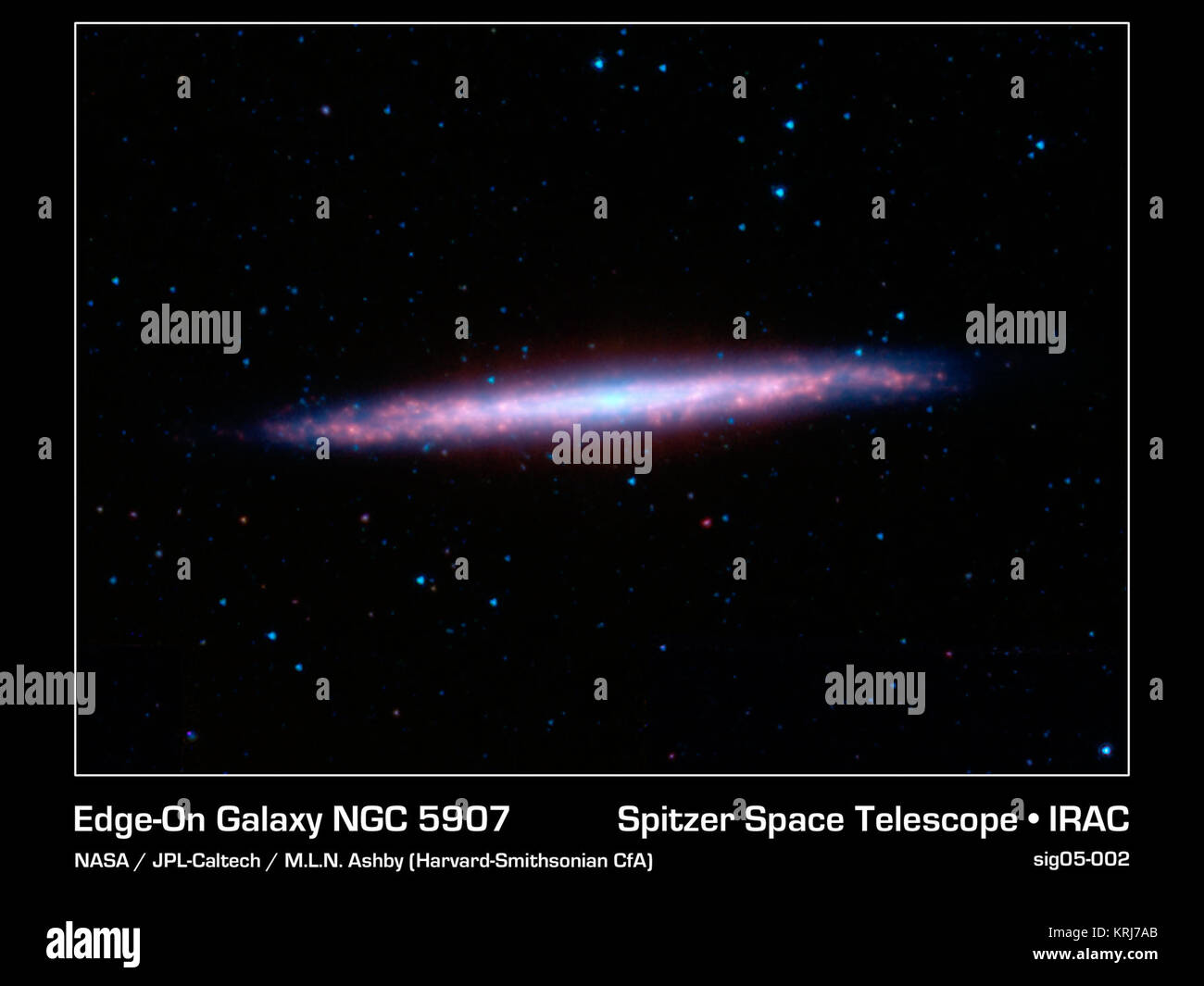



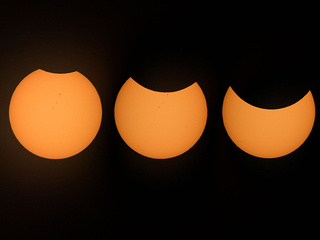




Post a Comment for "44 label the different areas of the sun"